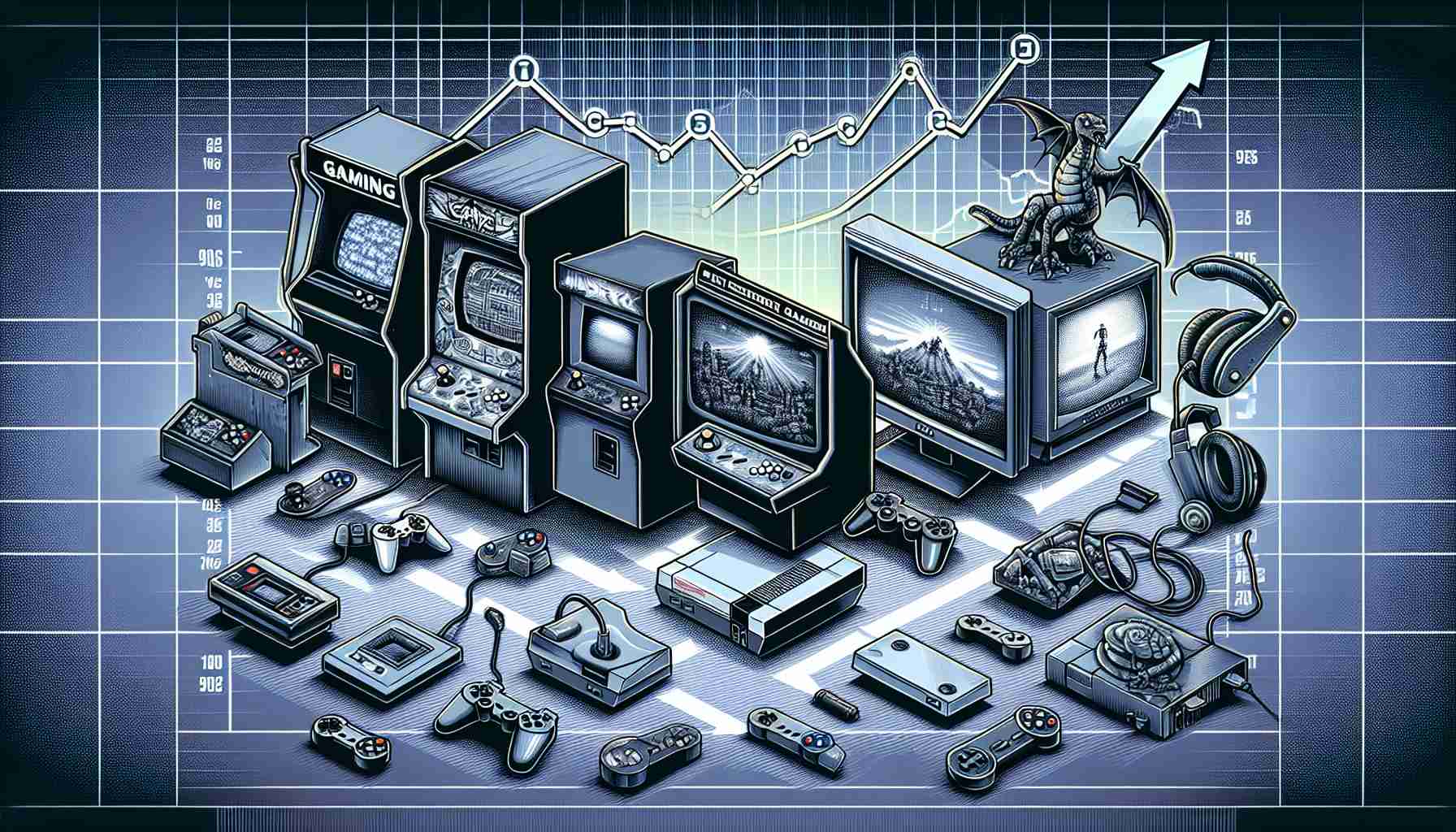Influx of Gaming Preferences
The landscape of the gaming industry is evolving rapidly as a surge in alternative gaming platforms diverts attention away from traditional gaming consoles. The younger generation, known as Generation Z, is displaying decreased interest in purchasing gaming consoles and shifting towards gaming on PCs and smartphones. This trend is highlighted by the former Xbox CEO’s observation that gaming has shifted from the living room to bedrooms, with individuals opting for more versatile gaming options.
Market Dynamics of Gaming Consoles
While historically gaming consoles thrived on exclusive game releases, the paradigm is shifting. Many games that were previously exclusive to consoles are now widely available on PCs, diminishing the allure of console gaming. Among the major players in the industry, only Nintendo has managed to maintain its stronghold on console exclusivity, leading to better-than-expected sales. On the contrary, Sony and Microsoft have relinquished their platform exclusivity, resulting in declining sales figures for their consoles.
Impact on AMD’s Gaming Sector
This transformative shift in gaming preferences translates into a challenging scenario for AMD’s gaming department. The anticipated resurgence in gaming console sales for 2024 may fall short of expectations, potentially stagnating the revenue stream for AMD. Despite this apprehension, AMD’s revenue stream may find solace in the fact that the company not only caters to the gaming console market but also supplies semiconductors for the laptop market.
Future Projections
With a forecasted global decline in PC shipments in the second quarter of 2024 and moderate gaming console sales, analysts have revised downward the revenue expectations for the gaming sector in the upcoming years. A subdued market outlook anticipates the gaming department’s total revenue for the second quarter of 2024 to reach $7.91 billion. Nevertheless, the long-term trajectory of AMD’s gaming division remains optimistic, driven by the rebound in global PC shipments in the latter half of 2024 and the company’s endeavors in AI PC development and promotion.
Through these shifts in consumer behavior and market dynamics, AMD’s gaming sector faces a period of adjustment and innovation to align with changing trends in the gaming industry.
New Trends Reshaping the Gaming Industry Landscape
The gaming industry continues to witness transformative trends that are reshaping the way people interact with games and gaming platforms. As the sector evolves, new questions arise regarding the future direction of the industry and the challenges it must overcome.
What role does cloud gaming play in changing trends?
Cloud gaming has emerged as a disruptive force, allowing players to access games through streaming services without the need for high-end hardware. This shift raises concerns about the future of physical hardware and the potential impact on traditional gaming models.
How are augmented reality (AR) and virtual reality (VR) technologies influencing the gaming landscape?
AR and VR technologies are gaining traction, offering immersive gaming experiences that blur the lines between the physical and digital worlds. The integration of these technologies presents new opportunities for game developers but also raises issues related to accessibility and affordability.
What are the key challenges facing the gaming industry amidst changing trends?
One of the primary challenges facing the gaming industry is the need to adapt to rapidly evolving consumer preferences and technology trends. Companies must navigate issues such as platform exclusivity, shifting revenue streams, and the increasing competition from non-traditional gaming platforms.
Advantages and Disadvantages of Changing Trends
The shift towards alternative gaming platforms offers advantages such as increased accessibility, diverse gaming experiences, and new revenue opportunities for developers. However, it also poses challenges such as compatibility issues, data security concerns, and the potential risk of market saturation.
As the gaming industry continues to undergo profound changes, stakeholders must remain vigilant and adaptable to capitalize on emerging opportunities and navigate potential obstacles. By embracing innovation and responding strategically to evolving trends, companies can position themselves for success in an ever-changing landscape.
For more insights on the evolving gaming industry landscape, visit Games Industry.
